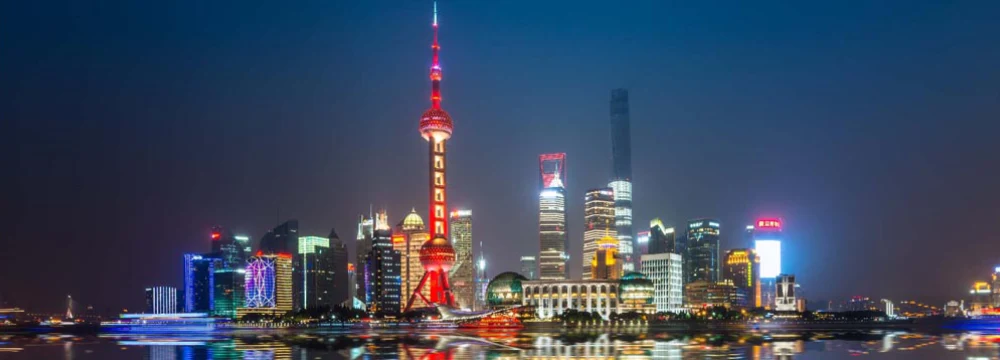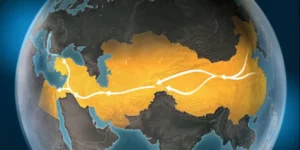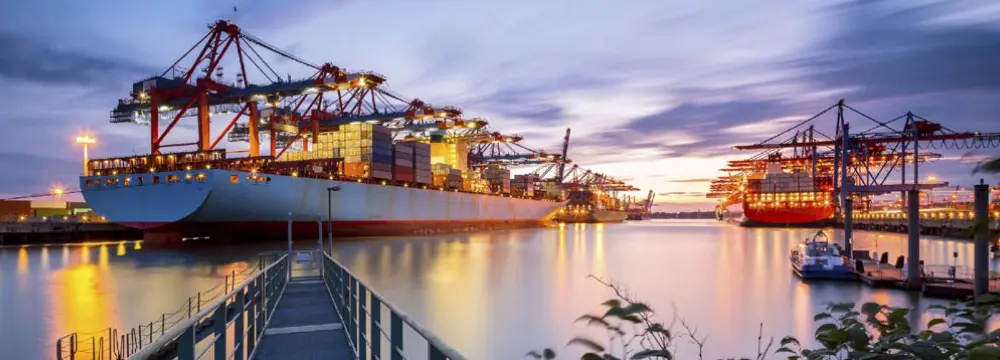For a country that wants to strive economically, certain factors need to be in place to allow for endogenous growth. One especially important factor is China’s infrastructure development. Infrastructure’s broad definition makes it important to have a strong foundation consisting of all the essential basics: Sewage, water, electricity, internet, road/rail networks are these necessary systems and services being required before substantial growth can happen. Particularly export infrastructure such as ports/harbours received extensive funding in China in the past.
However, many nations which are seeing unprecedented growth for the first time, their potential can be severely limited by insufficient infrastructure. There is often a lagged effect, where once the country starts to increase their GDP and experiences economic growth, their infrastructure systems are continuously improving, but consistently trying to catch up to the demand.
When compared to other BRIC countries, China’s infrastructure has the highest quality ratings currently across all areas: roads, railroads, ports, air transport, and electricity. The development of the Chinese logistic sector is closely related to that of China’s infrastructure.
While China traditionally had been a trading nation, highlighted by the ancient Silk Road connecting the West and East together to trade silk, it was clearly lacking overall infrastructure quality when compared to more developed nations only a few decades ago. However (particularly with respect to big cities) this has changed.
The silk road connecting China with the Mediterranean West.
Current China Infrastructure Investment and Development
The issue of China’s infrastructure has been highlighted leading to a strong desire to focus on an on-going improvement across the country. Currently China is spending 9% of their GDP on infrastructure, showing the desire to bring it up to the levels of a developed nation.
The top priorities are road networks, electricity access, rails, and telecommunications have all received significant upgrades to both the overall quality and capacity.
When you compare China’s absolute spending to industrialized countries, it spent significantly more for quite some time, and, when compared to other developing competing nations like India, their relative spending rate is more than double.
This fact underlines the commitment China’s government is making. Often these projects have important political implications. The government is pursing those also to ensure high employment shares of the population and to stimulate the economic development directly.
Furthermore, China also has the largest high speed rail network (the Gaotie) in the in world, topping over 11,000 km. It is clear there is already significant Chinese infrastructure in place.
The Future for China Infrastructure Investment and Development
However, despite improving many aspects of China’s infrastructure over the last 2 decades, there is still a long way to go especially in non-urban areas. The current goal is to bring up the quality in more underdeveloped areas in line with their city hubs.
This is also connected to the rapid urbanization. Not just in the expansion of already existing cities, but also the creation of new cities and urban areas have to be developed. Currently half of the 1.34bn population lives in an urban area, but if the United Nations (UN) forecasts are correct, this figure will be 75% of the population by 2050 – another 300m individuals.
This will most likely continue the demand for China infrastructure development to support the process of urbanization. However, while the pace of urbanization is uncertain to continue for the next 40 years, the demand for improved Chinese infrastructure is certain to remain in rural areas despite or even because of the urbanization pace. Not every Chinese can live in Beijing, Shanghai or Shenzhen – rural life quality has to be improved.
A large infrastructure project has been outlined in China’s 12th 5-year plan (for a current policy overview including fiscal policy click here). This includes various challenging goals, including major expansion of port facilities, over 70 new airports as well as over 40,000 km of advanced expressways.
Parts of the latest 5-year plan have focused on moving China’s production capabilities up the value chain, seeking to remove the disparity between social and geographic groups within the country, which implies implicitly and explicitly the need for new China infrastructure projects.
An example of how Chinese infrastructure already looks like nowadays.
In many developing nations there have been collaborative efforts between private companies and the government to improve their infrastructure. For example, gas companies often install their own pipelines or private companies build highways. The Chinese government, however, is contributing 96% of the overall costs, which is much higher than when especially compared to similar nations.
With the key areas of roads, ports and railways being focused on, the overall outlook appears to be positive for China’s infrastructure. Often a government will make bold claims when the economy is booming, but once this falls away they fail to deliver.
All signs shown by the government suggest that they are aware of what needs to be done and are willing to stick to their plans even when they have to be financed by new debts, and are willing to continue to invest significant amounts to ensure that the projects are completed. Sometimes, as a downside of this rigidity, it leads to projects that are completely oversized or not used at all.
Furthermore, the nation’s disregard for the environment does raise concerns. Many cities within China suffer from high levels of smog and pollution, issues which attract attention from international governing bodies. Many newly planed infrastructure projects are hence much more considered of their environmental impact than previous ones.
As mentioned previously, China’s infrastructure projects are also undertaken for political reasons. Just recently another announcement of a huge economic stimulus package was made as a countermeasure against the economic slowdown.
This was not the first time such a package was announced and enacted. After the financial crisis 2008, the government invested 4trillion RMB for China’s infrastructure. The current package seeks to accelerate the implementation of 300 different infrastructure projects committing a total of 7trillion RMB (more than 1trillion USD).






